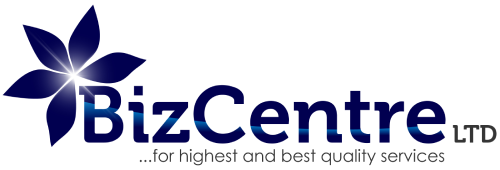In the intricate world of charitable organisations, the spotlight often shines brightest on missions, impacts, and stories of transformation. However, underpinning these inspiring tales is a foundational pillar: robust financial management. Without it, even the most noble of causes can flounder. Let’s delve into the critical components of financial management for charities.
The Pivotal Role of Financial Management
At its core, financial management is the heartbeat of a charity. It ensures that every penny donated is optimally used, every resource is effectively allocated, and every financial decision is taken with the organisation’s best interests in mind. It’s not just about numbers; it’s about trust, credibility, and sustainability.
Budgeting: The Financial Roadmap
A charity’s budget is more than just a ledger of income and expenses. It’s a strategic tool, a roadmap guiding the charity towards its goals. Here’s why budgeting is paramount:
- Resource Allocation: Ensures funds are channeled to priority projects and initiatives.
- Financial Health: Helps monitor the organisation’s financial stability, ensuring it operates within its means.
- Goal Setting: Offers a tangible metric against which progress can be measured and evaluated.
Accounting: Beyond the Basics
While the basic tenets of accounting remain consistent across sectors, charitable organisations have unique nuances. The accrual method of accounting, for instance, is often favoured as it recognises revenues and expenses when they are earned or incurred, offering a clearer financial picture. Key considerations include:
- Restricted vs. Unrestricted Funds: Understanding and managing funds that donors have earmarked for specific purposes versus those without stipulations.
- In-kind Donations: Valuing and recording non-monetary gifts, be it services, goods, or expertise.
- Long-term Commitments: Recognising multi-year pledges and understanding their impact on the financial landscape.
Transparency: The Bedrock of Trust
For charities, trust is currency. And nothing builds (or erodes) trust faster than financial transparency. Donors, volunteers, and even beneficiaries want to know that funds are used judiciously and ethically.
- Regular Reporting: Offer frequent financial updates, quarterly or even monthly, to keep stakeholders informed.
- Audits: Annual third-party financial audits showcase commitment to transparency and offer an external validation of the charity’s financial practices.
- Openness: Create platforms where donors and stakeholders can ask questions, seek clarifications, and understand the financial decision-making process.
Implementing Transparent Practices
Ensuring transparency is more than just a commitment; it’s a practice. Charities can adopt these steps:
- Use Technology: Leverage financial software tailored for nonprofits to track and report finances accurately.
- Engage Experts: Regularly consult with financial experts or even have them on the board to guide financial strategies.
- Educate Stakeholders: Offer workshops or informational sessions to explain financial statements, budgets, and other aspects, demystifying the numbers.
The Ripple Effect of Sound Financial Management
When a charity embraces meticulous financial management, the effects ripple outwards. Donors feel confident in their contributions, board members make informed decisions, and most crucially, the charity’s beneficiaries reap the rewards of well-managed resources. It’s a testament that, in the world of charitable work, numbers matter just as much as narratives.
Financial management might not be the most glamorous aspect of running a charity, but its significance cannot be overstated. By championing transparency, rigour, and ethics in finances, a charity lays a robust foundation upon which its mission and vision can flourish.
